How Laser Cutting and Welding Technologies Are Employed in the Kitchenware Industry?
time:
2021-09-15
Nanjing New Focus: A Decade of Leading Experience in the Laser Industry
Nanjing New Focus is a company with over a decade of sales and maintenance experience in the laser industry. Committed to providing high-quality laser components and global laser repair services, we ensure to meet diverse laser-related needs worldwide.
As consumer demands continue to diversify, kitchen products have become more complex, ranging from range hoods and stoves to pots and pans, mostly composed of stainless steel sheets below 3 millimeters. In this context, laser cutting and welding technologies have gradually become key processes in kitchenware manufacturing.
Application of Laser Welding
Traditional tungsten inert gas (TIG) welding is a manual process that can result in rough welding surfaces, requiring tedious polishing and being prone to defects such as incomplete or leaked welds. In contrast, laser welding, executed by robotic arms or continuous/pulsed laser machines, offers distinct advantages:

- Smooth Surfaces: Laser welding yields smoother surfaces with minimal heat deformation, simplifying subsequent polishing and buffing processes, thus saving labor.
- High Automation: Compared to TIG welding, laser welding achieves high levels of automation with small weld seams and reduced heat-affected zones, making post-welding processes more straightforward.
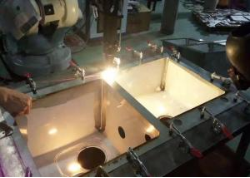
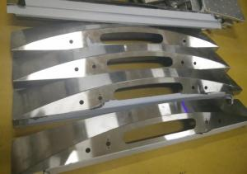
In the kitchen industry, the combination of laser welding machines and robotic arms is widely employed, providing efficient and precise welding solutions for kitchen appliances.
Application of Laser Cutting
Traditional kitchenware processing involves multiple devices, leading to low productivity, high material consumption, and increased costs. Laser cutting machines, equipped with CAD/CAM software, offer efficient cutting of any-shaped sheets, presenting notable advantages:
High Efficiency: Laser cutting operates at high speeds without the need for mold or tool changes, reducing preparation time and enabling continuous processing.
High Precision: Laser cutting machines boast exceptional cutting precision with smooth cross-sections, avoiding stress deformation and eliminating the need for secondary processing, thus improving the yield of finished products.
The application of laser cutting and welding technologies in kitchenware manufacturing provides innovative solutions for product quality, production efficiency, and cost control. Currently, laser welding has become the preferred choice for industry leaders, while laser cutting technology continues to gain widespread adoption through ongoing innovations.
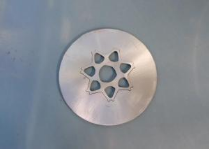
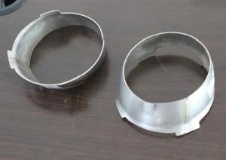
This overview from New Focus aims to provide useful insights into the application of laser cutting and welding in kitchenware manufacturing. We hope this piece of laser knowledge contributes to your understanding and enhances your future laser cutting production.
Follow New Focus Laser for more information on laser cutting and maintenance.
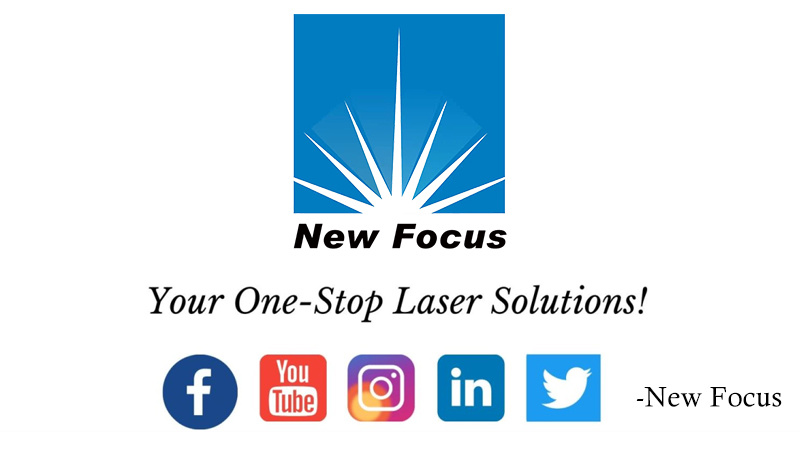
Relevant news
Follow us


Contact us
Tel:+86 189 1265 9985
E-mail:xufl@njfocus.com.cn
Address: Building 108, NO.1, Tongteng Pioneer Park, 98 Suyuan Blvd, Jiangning District, Nanjing, Jiangsu, China, 211111








